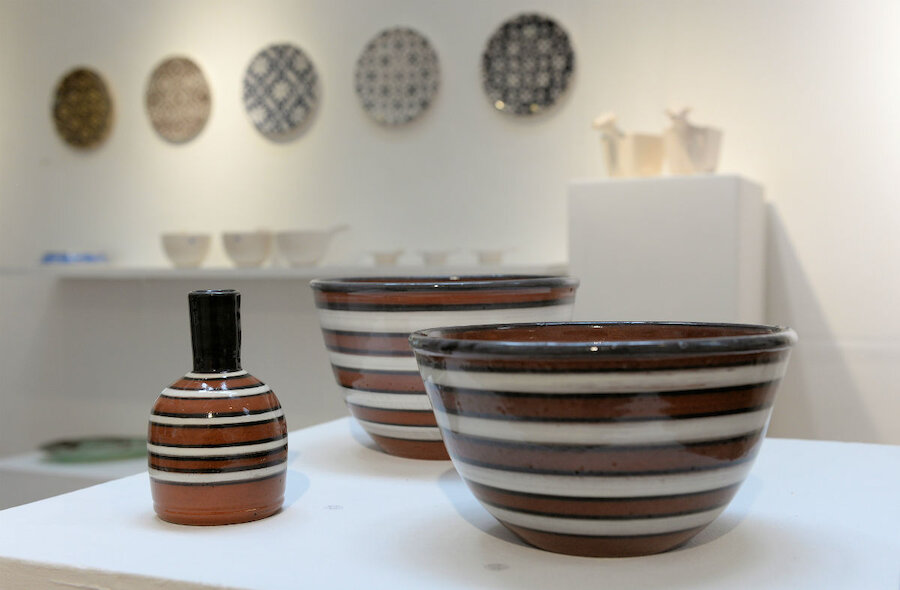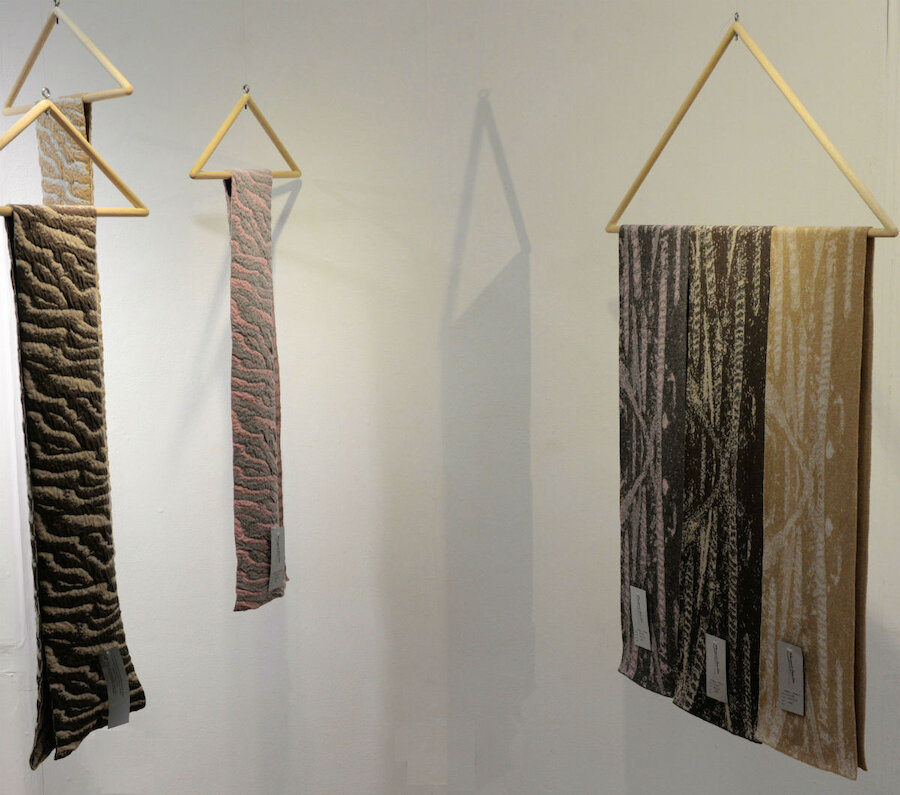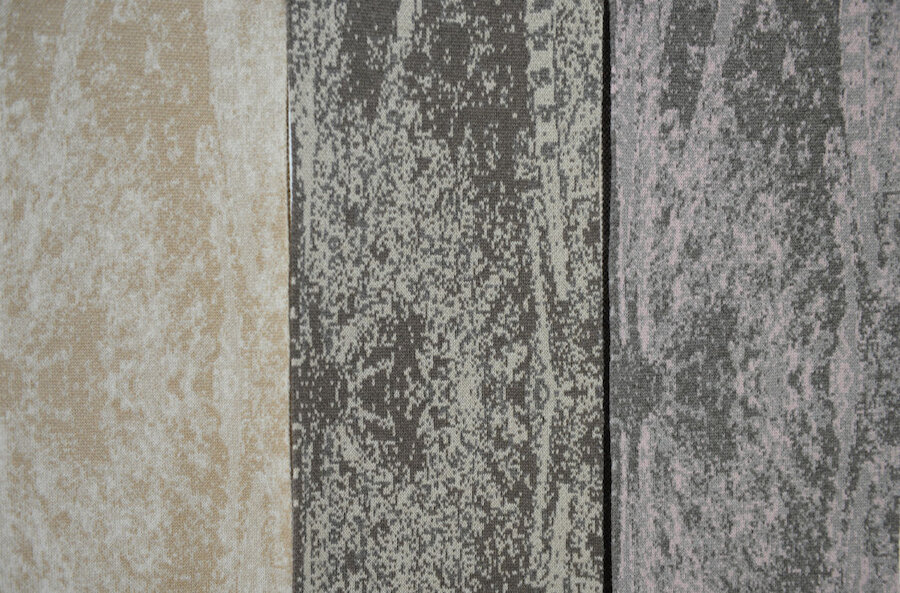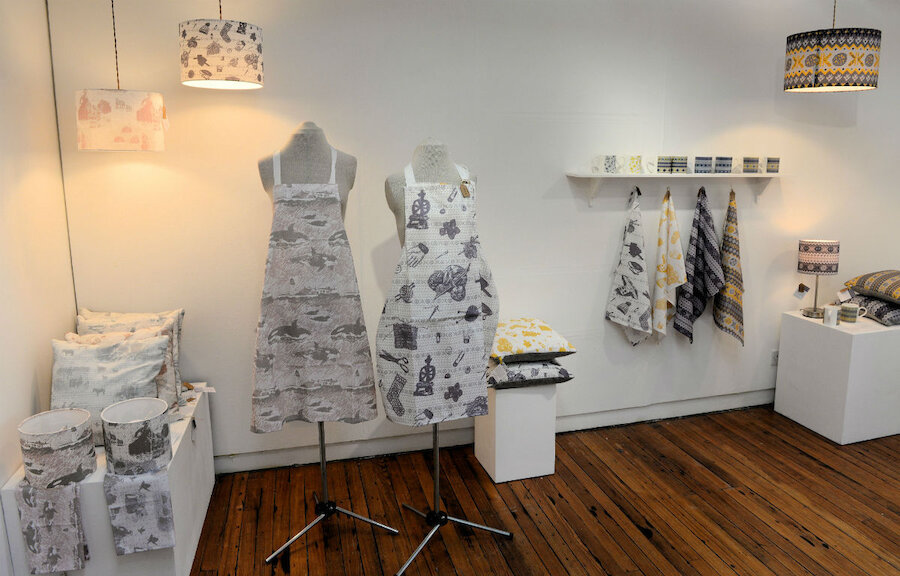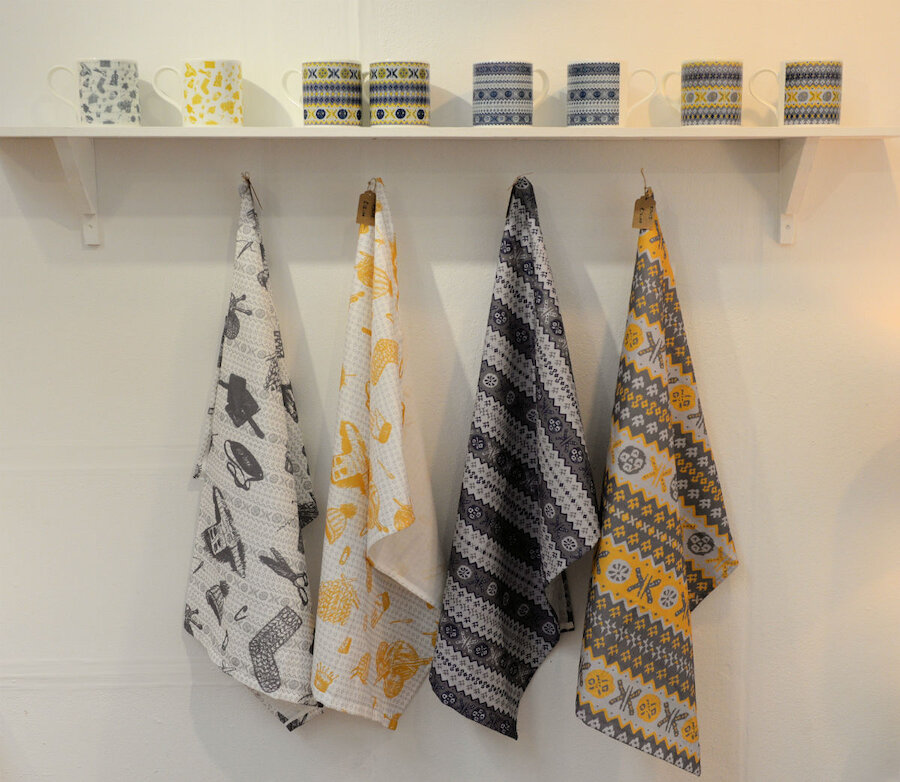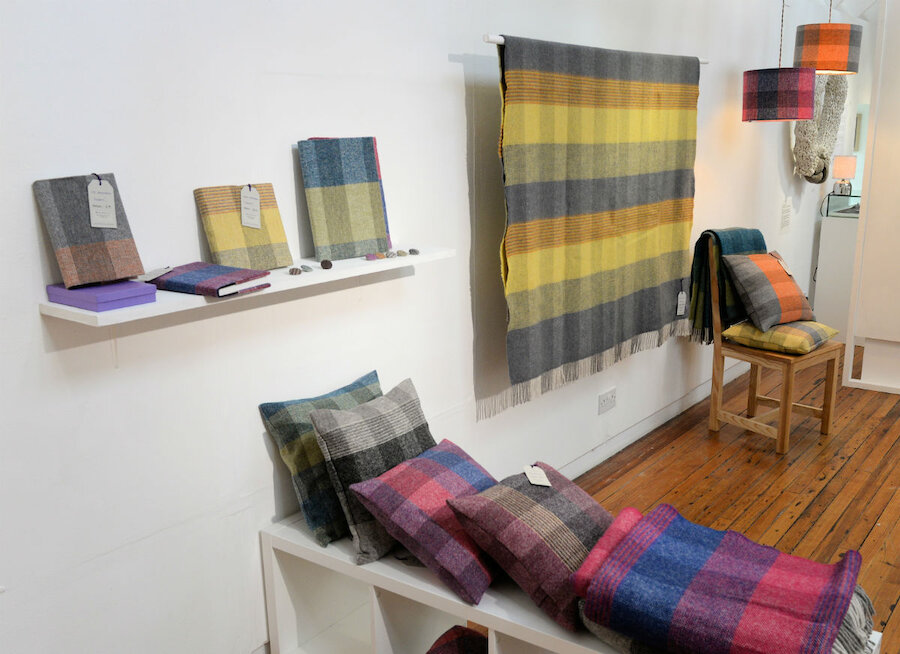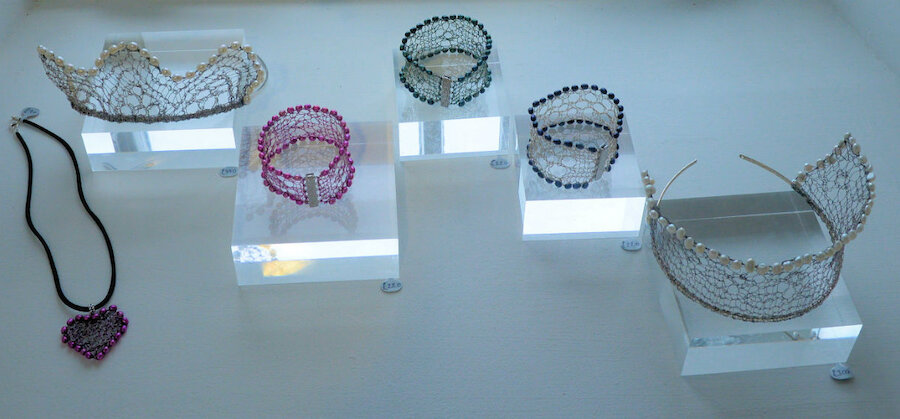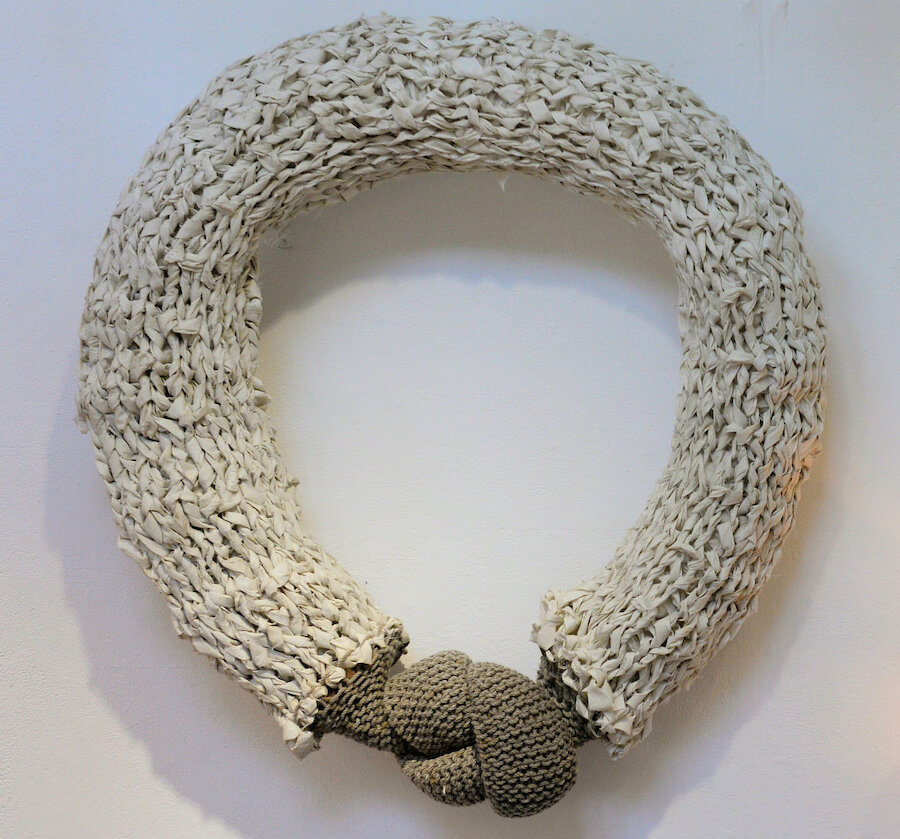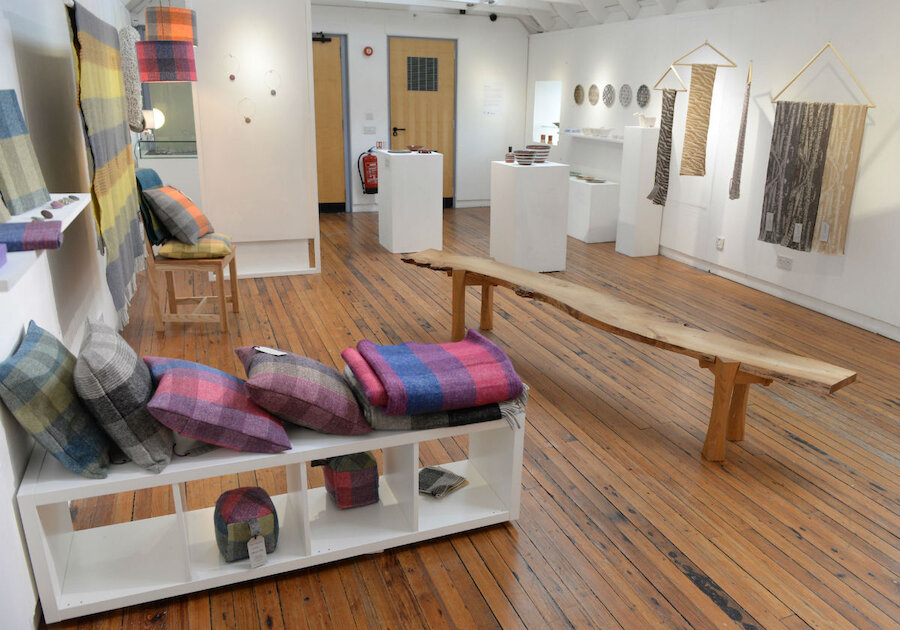Shetland has always been known for beautiful craft work, especially of course knitwear and lace. But today’s creative community has many strings to its bow; to see just how many, the best place to start is the downloadable guide, just revised, to the Shetland Craft Trail.
Some artists and makers have lived in Shetland all their lives. Others have gone away for a time, perhaps to train at art colleges, then returned. Several have moved to Shetland from elsewhere, finding kindred spirits and, of course, inspiration from Shetland’s rich heritage and dramatic landscapes.



